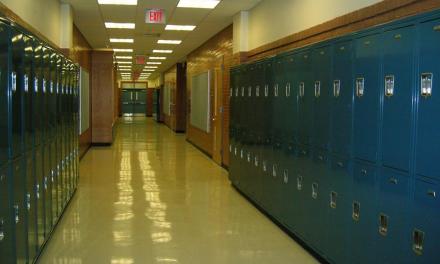Strategic planning in schools has evolved in recent years, transforming itself from a one-year model to a cyclical one that promised long term changes. As the environment around your school changes, so too must the way your school functions, and this is where the strategies come in.
It was suggested by Davis and Ellerson (1999) that the strategic planning should come in three levels before being integrated into the cyclical process which can be managed over a period of time.
Updated in 2006, here is the model now, as well as some useful tips for good strategies to improve your school.
The Model
Level one: Generate intents. Here, you should be generating a list of around five significant changes and challenges that will help your school to move forward.
Level two: Capabilities/capacity. For each point on the list in level one, you should note the early capabilities/capacities. From there, each point shall be taken and further developed by the appropriate staff/services.
Level three: Strategic process. Now you can take stage two and expand them, creating the strategic plan and the process required for it to be completed.
Level four: Implementation. You need to ask yourself the following questions before the strategy can be implemented. First, is the establishment ready to:
- Move to phased implementation?
- Move to full implementation?
- Abandon the ideas if they are declared no longer feasible?
Secondly, does the school require further development and capacity/capability building in this area?
Some Good Strategies
Here are some good strategies to implement into your school when it comes to improving it. These could give you a good idea of where to start and the things you might need to think about.
- The creation and implementation of a rigorous and systematic process for improving the quality of teaching at the school. This includes improving the state of balance between support and challenge for the students.
- To engage in united learning, so that the potential of every student is recognised and nourished so that they can become the best they can be.
- To provide new and beneficial opportunities to expand their knowledge and creativity. This will take place inside and outside of the classroom. They can be in the form of school trips, talks, and visits, as well as other new experiences that the school deems beneficial to students.
- The further implementation of school values and leadership. Continuing to enforce core values and morals in the school, teachers, and students.
- Ensuring the curriculum is stuck to and completed in good time. To make sure teachers and students stay on track with the curriculum set by the education boards, and to make sure it is finished before the end of the academic year.
- Ensuring the food provided for students is healthy and fills their daily nutritional requirements to promote better concentration and learning.
To Conclude
Following the strategy implementation model is sure to provide your school with short term and long terms solutions to development and any issues within your facility. With the assistance of this, and some of the areas you could look at improving and further implementing, you are sure to develop an excellent strategy to deliver school improvement.










